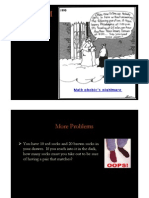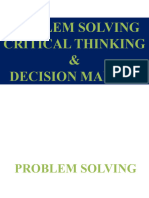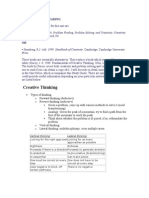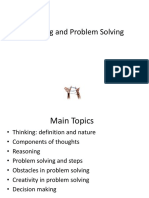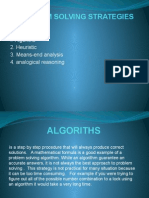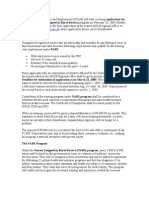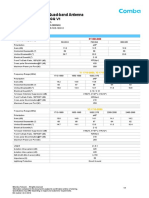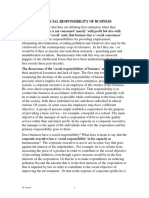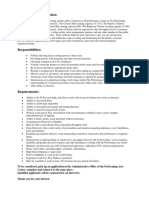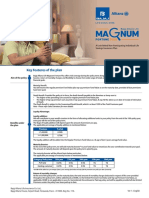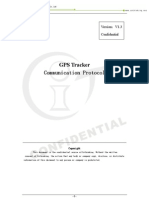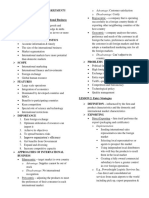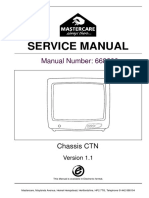0% found this document useful (0 votes)
28 views40 pagesINF113 - Lecture 18 - Problem Solving Revision
The document covers key concepts in design thinking, problem solving, and computational thinking, emphasizing the importance of empathy, structured problem classification, and various problem-solving strategies. It outlines the Stanford design thinking process and differentiates between puzzles, problems, and messy situations, providing examples and methods for each. Additionally, it introduces computational thinking as a systematic approach to problem-solving, highlighting decomposition, abstraction, and algorithmic thinking.
Uploaded by
Khau MotsageCopyright
© © All Rights Reserved
We take content rights seriously. If you suspect this is your content, claim it here.
Available Formats
Download as PDF, TXT or read online on Scribd
0% found this document useful (0 votes)
28 views40 pagesINF113 - Lecture 18 - Problem Solving Revision
The document covers key concepts in design thinking, problem solving, and computational thinking, emphasizing the importance of empathy, structured problem classification, and various problem-solving strategies. It outlines the Stanford design thinking process and differentiates between puzzles, problems, and messy situations, providing examples and methods for each. Additionally, it introduces computational thinking as a systematic approach to problem-solving, highlighting decomposition, abstraction, and algorithmic thinking.
Uploaded by
Khau MotsageCopyright
© © All Rights Reserved
We take content rights seriously. If you suspect this is your content, claim it here.
Available Formats
Download as PDF, TXT or read online on Scribd
/ 40



